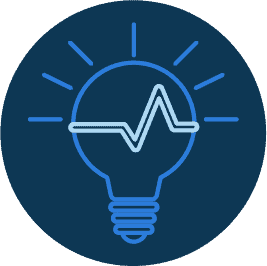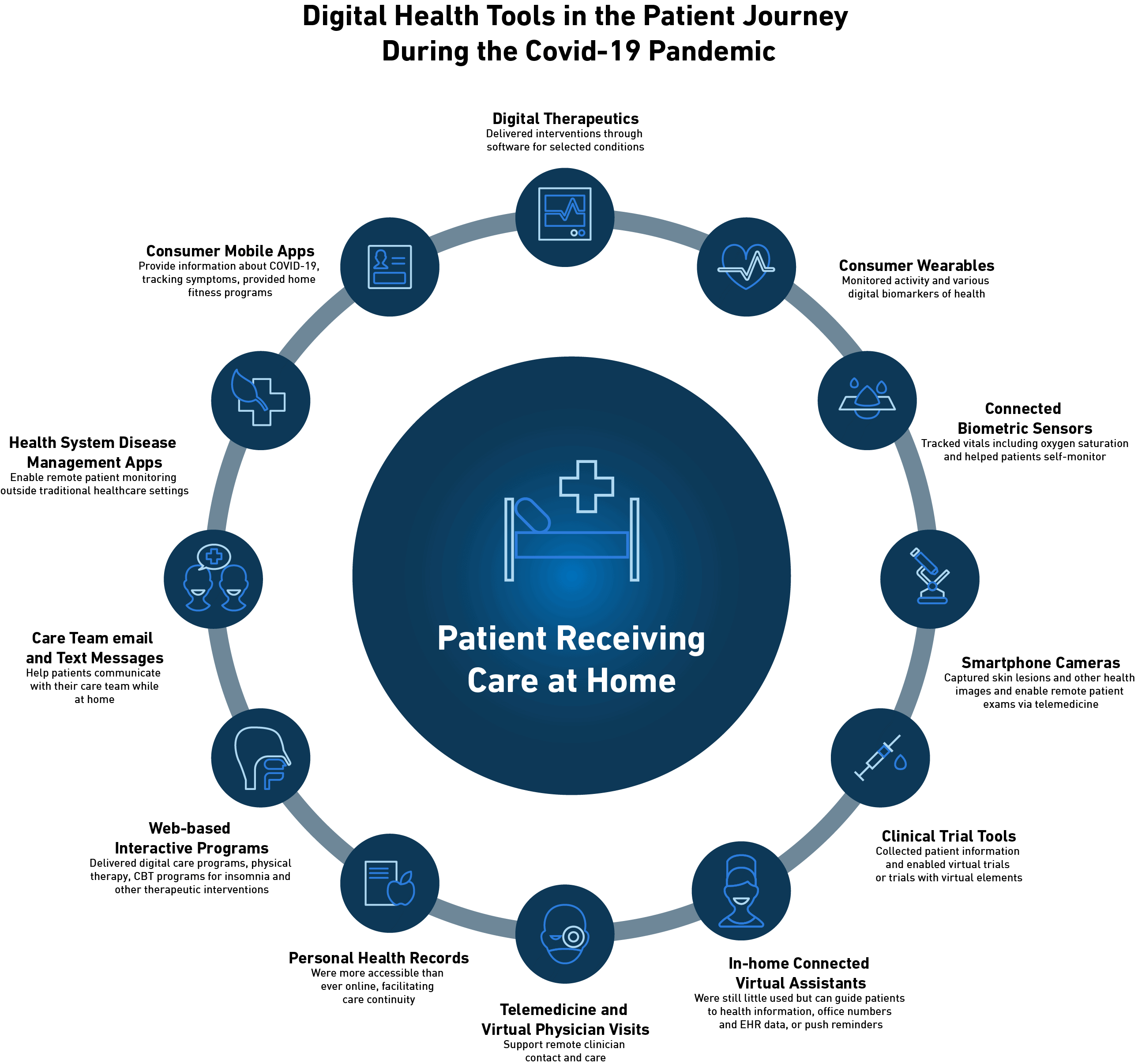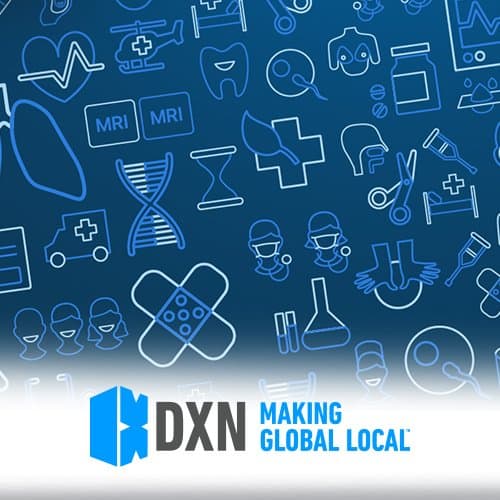COVID-19 has disrupted nearly every aspect of modern life, from how we socialise and talk to each other to how we study and work. We’ve all been affected by the pandemic, and I’m sure everyone reading this can recall at least one embarrassing Virtual meeting incident, but how has it impacted innovation, particularly in the health and healthcare sectors?
At a glance, technologies like digital health, artificial intelligence, and machine learning have been at the forefront of the innovation boom. New investments into these entrants from the technology, telecommunications, and consumer industries have increased as a result. Globally, $44 billion was raised in support of health innovation in 2021, more than doubling the amount raised in 2020. During this time, acquisitions of health and technology companies increased by 50%.

Globally, $44 billion was raised in support of health innovation in 2021, more than doubling the amount raised in 2020.

Edge is playing a massive roll in supporting these new technologies. Edge computing is widely recognised as an important part of the data ecology formed by connected devices. The Edge computing model places computation and data storage close to where data is generated and used.
Data acquired by end devices like sensors, cameras, or smartphones are typically kept and processed by an edge server or gateway located at the network’s edge, with part or all of the data being transferred to the cloud for further processing. In healthcare, this technique enables data collected by sensors and other medical devices to be analysed in real-time, regardless of where patients are. The proximity of computing and storage capabilities are helping transform healthcare by delivering processing in near-real-time.
Digital therapeutics (DTx) and digital care (DC) products and tools — which incorporate software as a means to treat, prevent, or manage specific diseases or conditions — have expanded, with over 250 such products now identified, including approximately 150 commercially available products.
Below is a snapshot of “new” Digital healthcare tools that have become part of our daily lives since the pandemic and illustrate the growth and importance of Edge in healthcare.

Source: IQVIA Institute, Jun 2021
Report: Digital Health Trends 2021: Innovation, Evidence, Regulation, and Adoption. IQVIA Institute for Human Data Science, July 2021
DXN build the infrastructure facilitating Edge technologies.
DXN Limited builds prefabricated data centres and modular infrastructure designed to house Edge computing. DXN’s purpose-built modules can be added, integrated or retrofitted into an existing space. In the case of a hospital, a modular can be planned and built off-site and then deployed. Every module is designed to meet unique requirements, from security, and redundancy to fire protection.
If you have questions regarding the manufacturing of a DXN Module fill in the form below:



